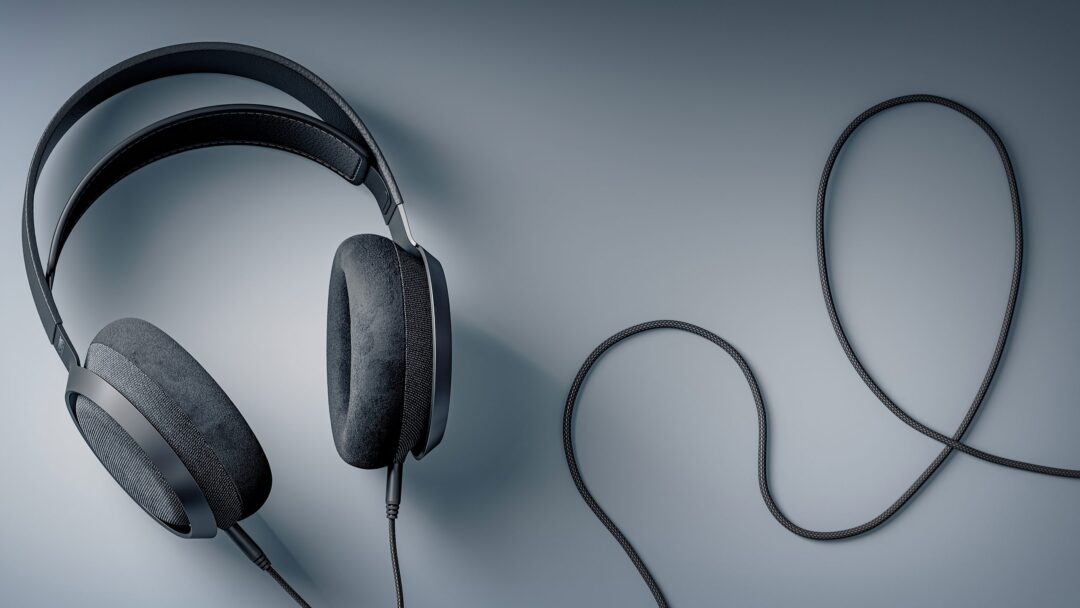It is normal to think that 400 euro is a lot of money for a pair of headphones. Especially when they are not even wireless, let alone have active noise cancelling.
But even though I personally love headphones with good ANC, those are not the ones I use when I want to enjoy music for myself when I’m surrounded by peace and quiet. Then I’d want the best possible sound, which excludes most wireless headphones. Unless you are willing to double the price Philips charges for the Philips Fidelio X3. No? That’s what I thought. Besides, open headphones are much more comfortable for longer listening periods than closed ones – and open headphones are hardly available as wireless.
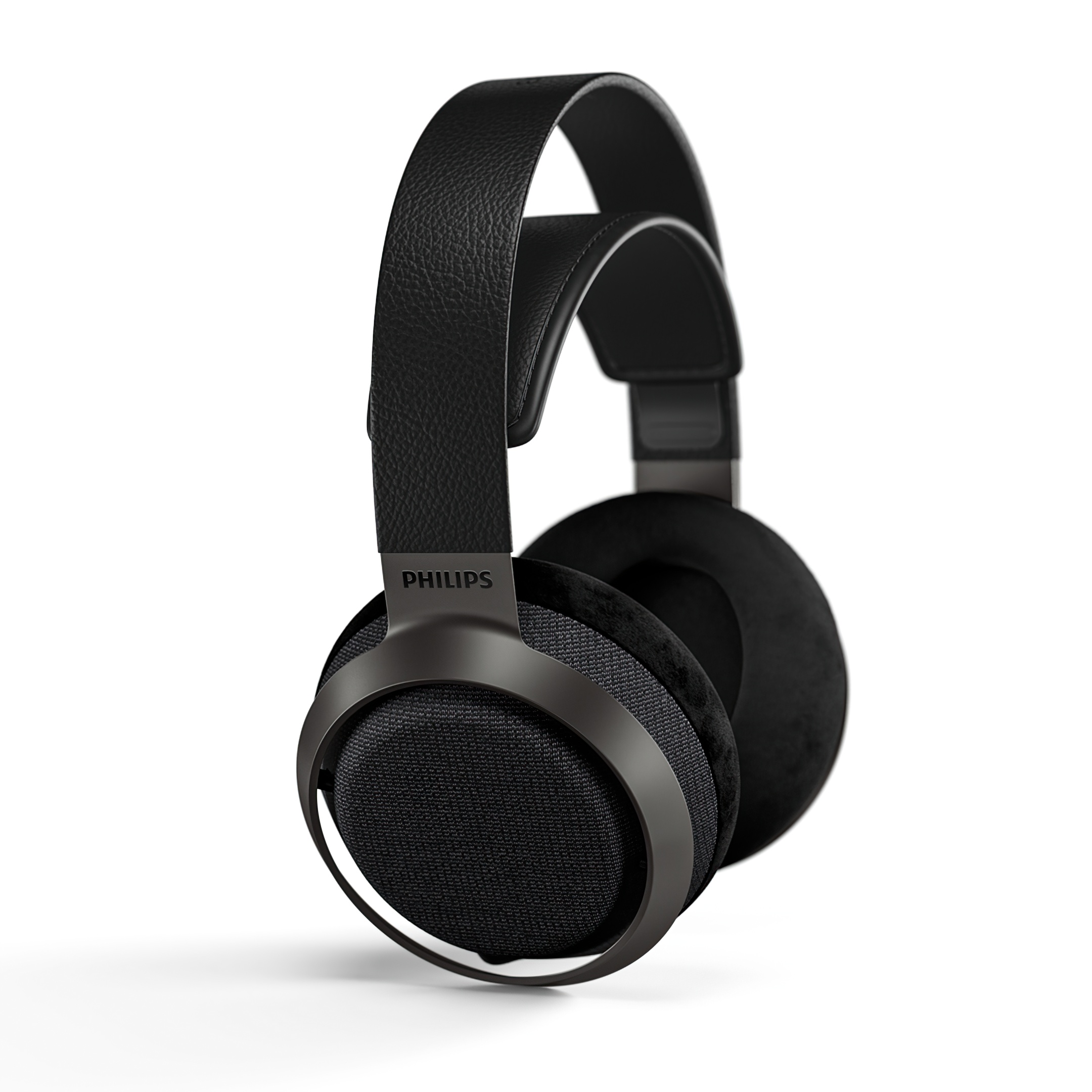
Which brings us to the Fidelio X3. Actually, the headphones were launched as early as January, and were to hit the shelves around Easter. But like so many other products, the Fidelio X3 was delayed by the coronavirus.
High-end for the masses
Philips calls the Fidelio X3 “mass market high-end”. Priced at around 400 euro, they are right in the center of the serious premium market, and here the competition is fierce. The predecessor X2 cost around 300 euro, and was among the class leaders in its class. With the price increase of X3, the demands also increase.
To emphasize that the Fidelio X3 is in the premium segment, Philips has this time covered the ear cups with dark gray fabric from Kvadrat. Very tasty. The predecessors had a metal grille on the outside of the cups.
The ear cups have pluss cushions, which sit comfortably against the head. They squeeze a little firmer than some others, such as HiFiMAN Sundara and Sennheiser HD 660S, but it also means that they better withstand moving your head while listening. Headbanger, beware!
The headband is not the softest leather imitation I have ever known, but it is not a problem. The fit is rather comfortable.
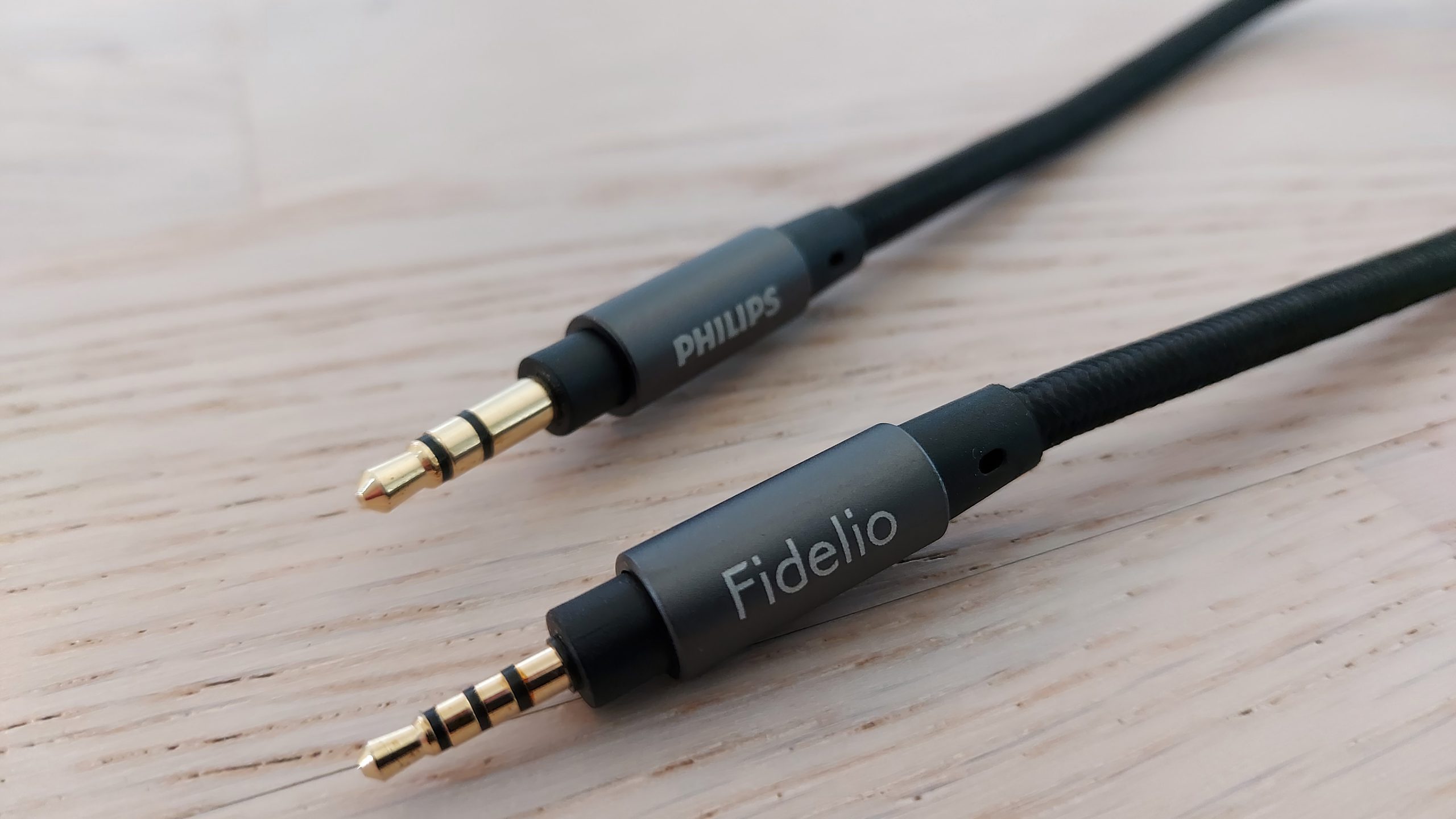
Equipment
Philips has equipped the headphones with 50 mm large drivers, a bit larger than the more common diameter of 40 mm. To make the headphones easier to drive with a simple amplifier, the impedance is at comfortable 30 ohms. The sensitivity, however, is a modest 100 dB which means you still need some power to breathe life into them.
From the output of a regular smartphone, the audio might not be loud enough, and even with the portable music player Philips has shipped us along with the headphones, Cowon Plenue D2, I find myself playing at full volumet almost and still find the loudness a bit on the soft side. I myself use the Sennheiser HDV 820 and Auralic Taurus, but there are other less expensive headphone amplifiers that I can recommend. Audioquest Dragonfly Red and Schiit Audio Heresy, for example.
The Fidelio X3 comes with two cables, both are three meters long: one unbalanced with 3.5 mm jack and a 6.3 mm adapter, and also a balanced cable with a 2.5 mm jack at the end. Please note that if you want to buy a third-party balanced cable with XLR, then the polarization og the terminal is different from most. For example, I have a cable I use with my HiFiMAN / Drop HE4XX and which also suits the Sony MDR-Z7M2, but this cannot be used with the Fidelio X3. Although the termination for each ear cup is identical (3.5 mm).
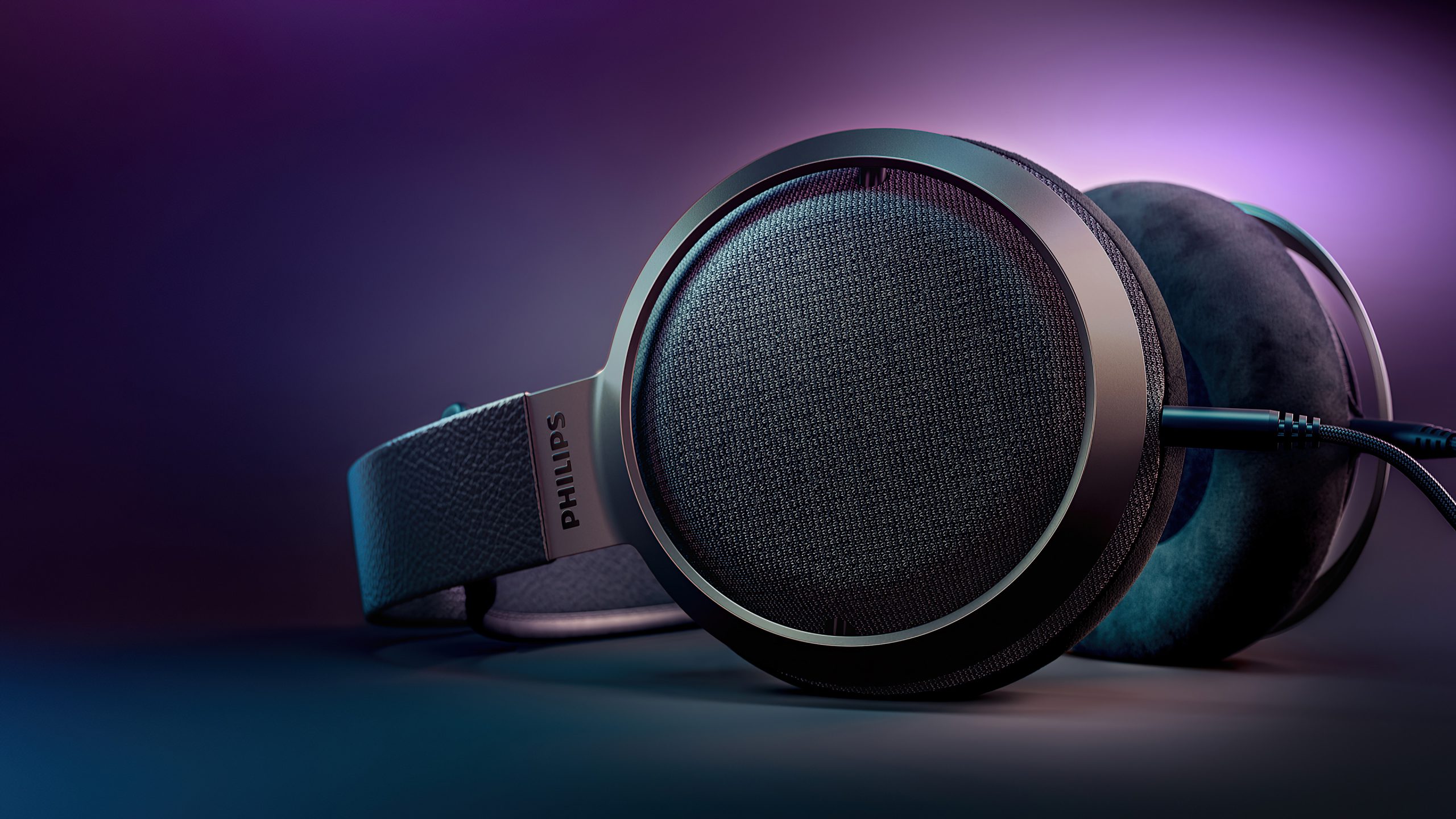
The sound of Philips Fidelio X3
Philips explained during the launch earlier this year that the sound philosophy is to have good quality throughout the frequency band, with a tight and juicy bass, a warm and rich midrange and airy treble. And a great sound field. And who doesn’t want that?
They have worked hard to balance deep bass and pace; you want as deep a bass as possible, but if it goes too deep it can sound bloated and boomy. Philips has worked to find the “perfect balance”. They have also given the middle bass area a slight boost, to get a nice punch, while the midrange has been pulled back ever so slightly for a warm sound.
Classical
And I could hardly describe it better myself. The bass has a nice timbre, a double bass sounds realistic and big, and the music sounds very pleasing. Just listen to Felix Mendelssohn’s Op. 26 The Hebrides in B minor. Bass instruments of brass and strings have a very comfortable warmth, and the grandeur comes out well. At the same time, flutes and other airy sounding instruments sound nice and intriguing.
Metal
The rhythms on Nine Inch Nails’ We’re In This Toghether are nice and tight, which I can highly recommend in a high resolution version (it is included with the vinyl on their website). It is one og the rear instances where the remastered version is actually even better, with a clearer presentation og the small details in the soundscape. The wall of distorted guitars even has a little more air in it than on the original release. And with the Fidelio X3, it never sounds overly bright or harsh. Trent Reznor’s voice is clear and distinct, without overdoing it, and the drums sound physical and snappy.
If anything, I could have wished for more energy in the lower bass region. Although I see the point that slimmer bass equals tighter bass, the kick drum never sounds quite as deep and big as I’d like it.
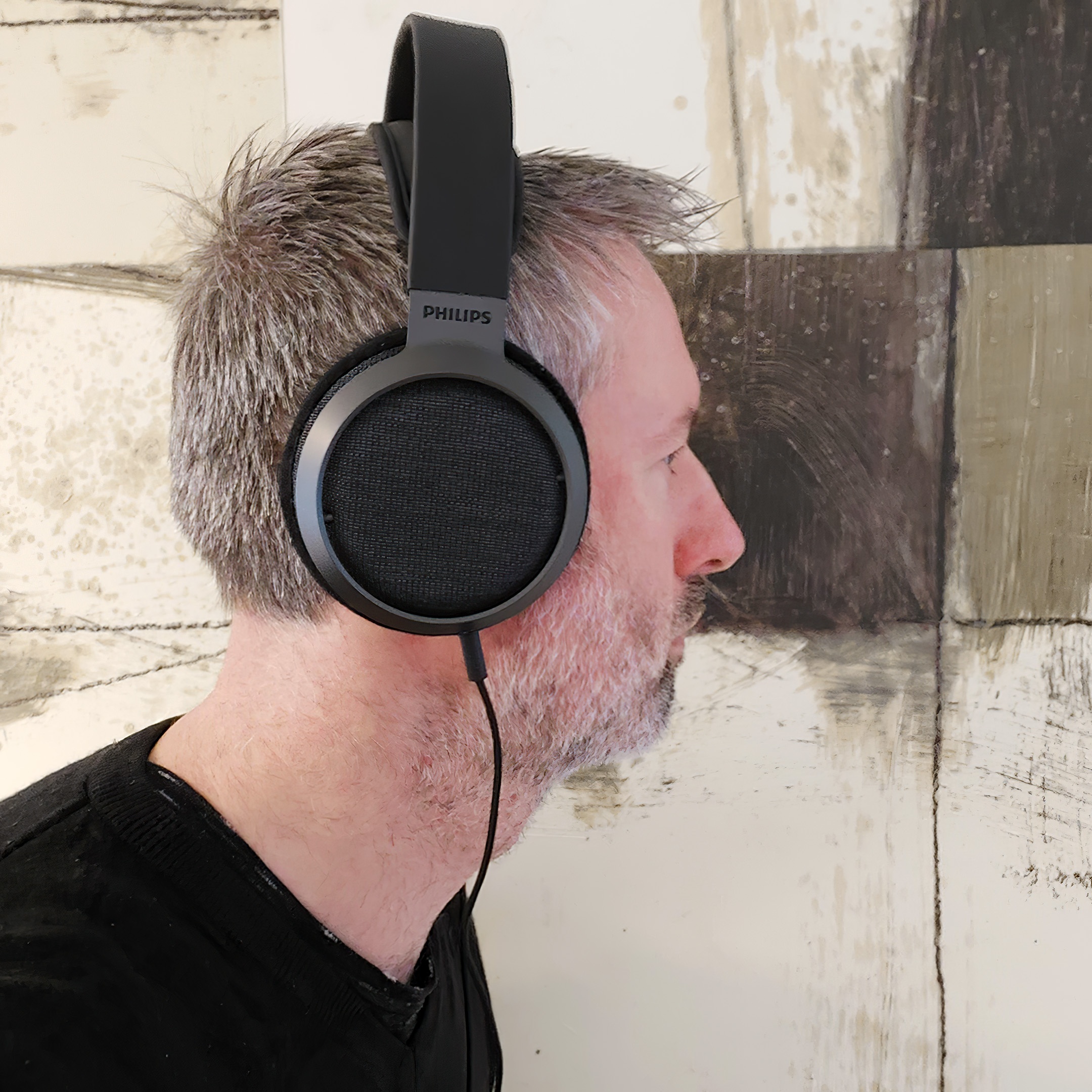
About the treble
Also a little more detail and air in the very top register is desired. The cymbals sound distinct and nice, but they could shine a little more. A look at the frequency curve shows that the Fidelio X3 has a gain at 8 kHz, which is considered the cymbals’ harmonics, but they also have more information (air) further up that is not emphasized. Bright female voices often have sibilants around 8 kHz, which means that s and sh sounds become too harsh.
The same can be said about the lightest notes on a piano. They are distinct enough, but the most airy overtones could have been more prominent. This would also provide an even better defined soundstage. The soundstage with the Fidelio X3 is large, just not quite as large as with the HiFiMAN Sundara, nor as defined and punctual as with the Sennheiser HD 660S.
The attenuation in the upper midrange (2-5 kHz) also means that you are pushed a little further away from the music. The brass instruments become a little less aggressive, and so does the middle register in a piano. I find myself wishing for more attack and drive inn this region.

Conclusion
Philips Fidelio X3 sounds like it looks: beautiful. You never get tired of listening to these headphones, which have a warm and inviting sound you can listen to for hours on end.
Whether you like rock, acoustic or classical music, there are qualities with these headphones that are hard to dislike. This is real hi-fi, with the sound layers in the tones distinct and separate, and there is a closeness in vocals, strings – and electric guitars – that is impossible to dislike.
The deep bass is not the most energetic, the midrange can be a bit laid back, and the accent at 8 kHz makes the treble distinct, albeit not the airiest in its class.
But it doesn’t matter that much, because the Philips Fidelio X3 are a really good sounding pair og headphones. It’s just that they have moved up a price range since the predecessors, where the competition is fierce.
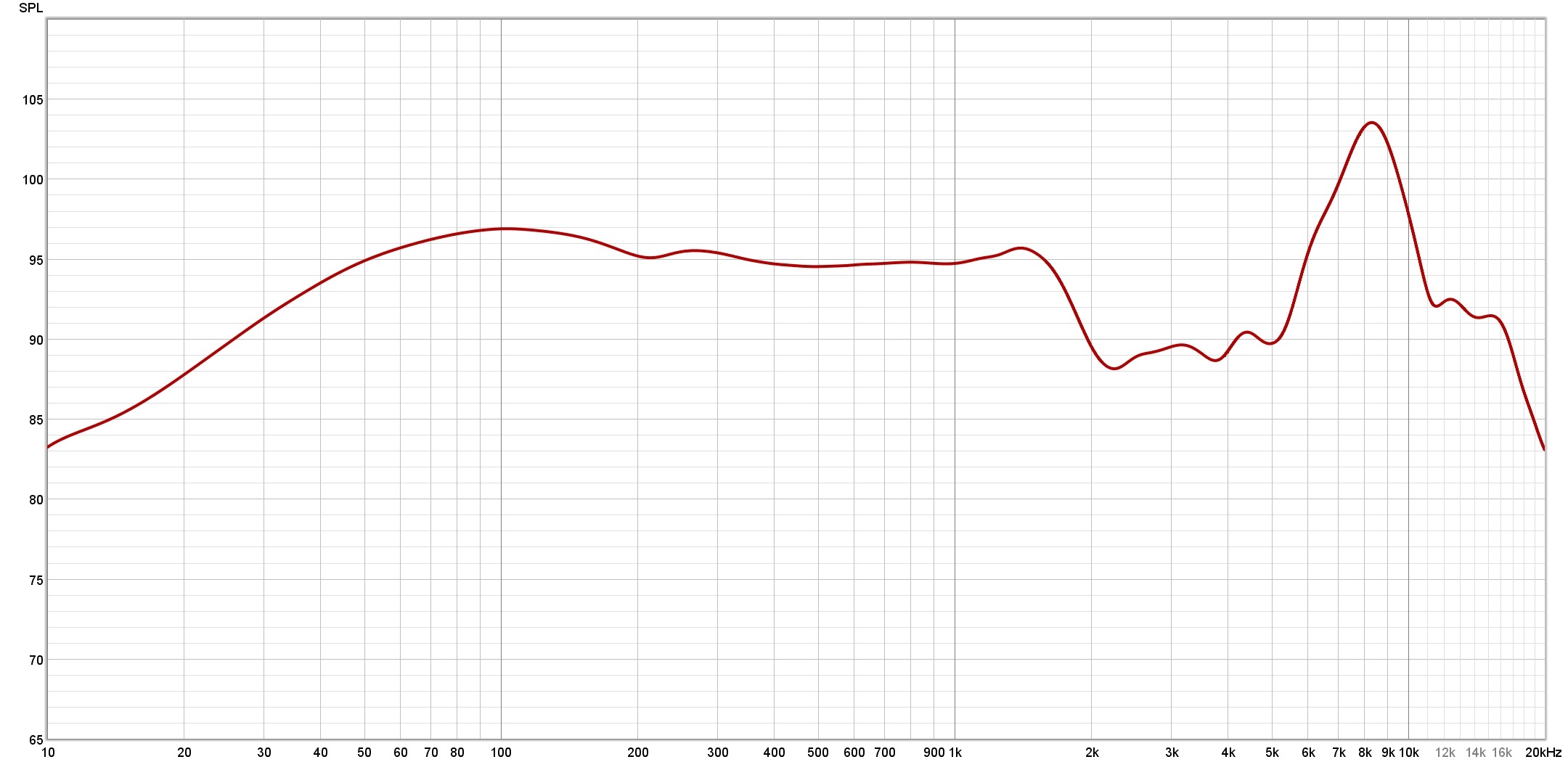
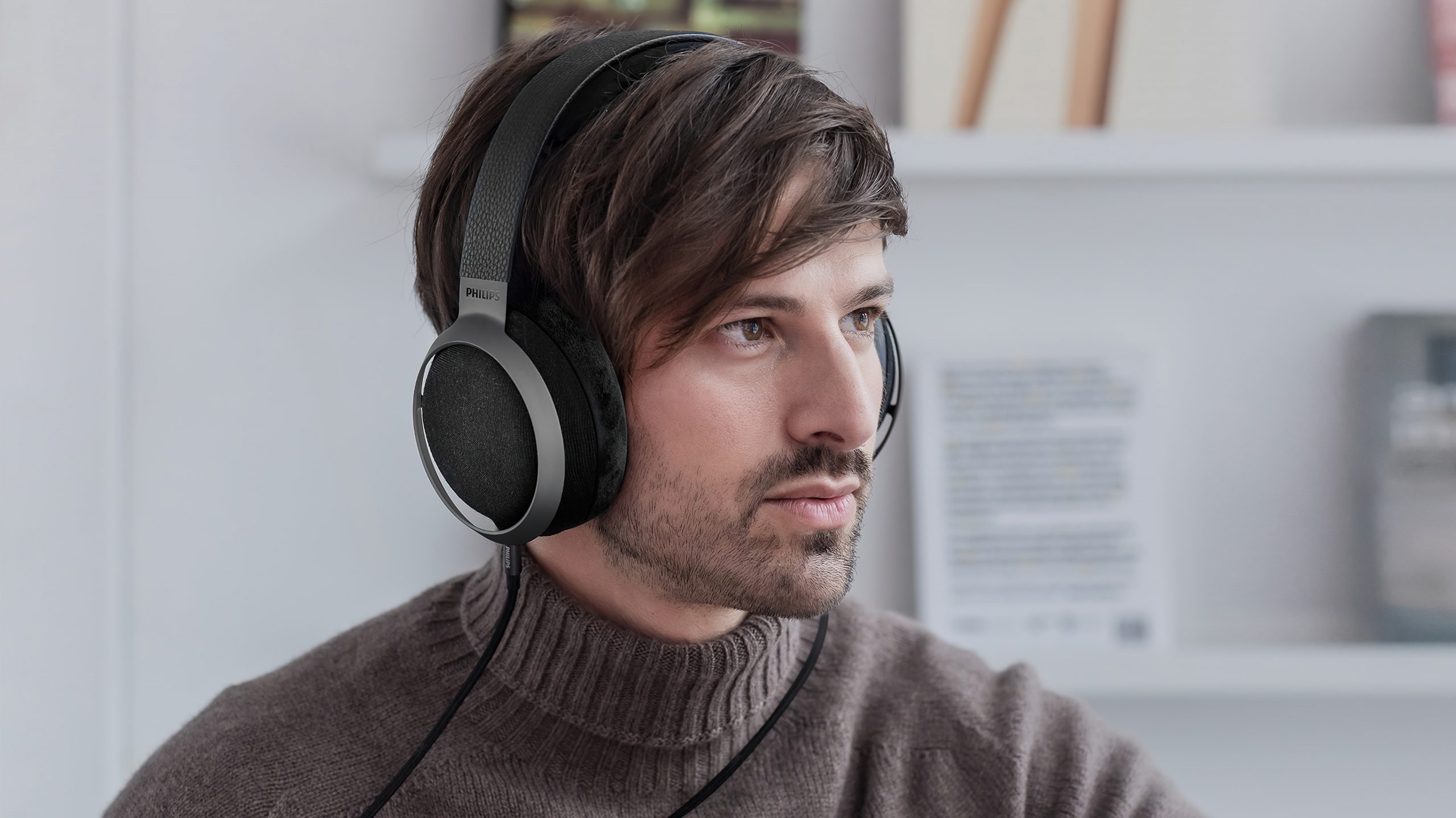

We think
Beautifully warm and inviting sound. You are guaranteed not to get tired of listening to these! A little bit much energy in the middle of the treble range. Sibilance on female voices. The deep bass could have been more energetic.
399 €
Specifications
- Type: Open, over the ear
- Principle: Dynamic
- Foldable: No.
- Microphone / remote control: No / no
- Cables: 3.5 mm (3 m), 6.35 mm adapter
- Drivers: 50 mm
- Impedance / sensitivity: 30 ohms / 100 dB
- Frequency response: 5-40,000 Hz
- Weight: 435 grams (without cable)
- Color: Black with dark gray Square fabric
